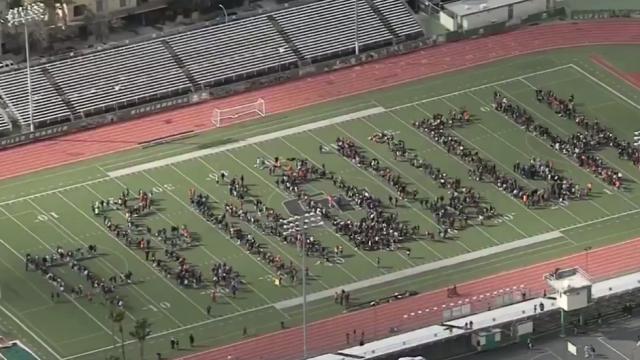
On March 14, high school students across the country staged a 17-minute walkout to protest the lack of action regarding gun violence in the wake of the Parkland shootings. Many college students—including students and faculty at Sage—joined in the protest.
Colleges are often thought of as hotbeds of political activism and protests. Yet actual voter participation of college students is among the lowest of any age group. Looking ahead to midterm elections, commentators note that in 2014, college student turnout was only 18%, less than half the anemic 37% of the general population and far less than the 55% of Americans over 60. With the Parkland high school students leading voter drives and turning their grief into action, it just might be a good time to address young voter apathy.
Colleges are looking at initiatives to spur greater informed participation. And Sage will be among those institutions, as we look next fall at ways to highlight and encourage multiple forms of political and social engagement.
Higher education supposedly teaches just such “civic engagement,” a catch-all term for intelligent active involvement in positive social change. Voting is important as much for what precedes it as the act itself: being informed about the complexities of our society and the political options for addressing them. Voting is first-level engagement; volunteering and organizing are deeper levels which should, for some students at least, grow out of the initial voting behavior.
For our part, educators can be savvy about bringing the contemporary world into classrooms and campus life, when it fits. The point is not to promote a particular political agenda but to ensure that students are applying the knowledge and habits of mind they learn in class to making the world a better place with an awareness of the complexities of the political environment.
There are multiple explanations about why young people turn out to vote in lower numbers than other age groups. Some argue that having children and owning property are often precursors to a deeper level of social commitment. Others point out that college students are often more transient and may have just relocated from their parents’ home and be unsure where to register. More broadly, young people are both idealistic and easily disillusioned, more inclined to distrust political parties and say their vote “doesn’t make a difference.” Distrust of authority should inspire activism, but it can also excuse disengagement.
And political discourse has become increasingly alienating: the hyperbole of shock-jock political radio and cable news, clickbait internet headlines, the trading of petty insults on social media, the intermingling of traditional journalistic information with literal propaganda and fakery, the blurred line between parody and reality. When college students explore the information landscape, it is enormously cluttered.
Our further task as educators is thus to develop student sophistication and skepticism in navigating the information world. Today’s students have a curiosity that is linked to instant information: we can answer questions by pointing a phone at the sky or asking Alexa. Each bit of information is linked to others that can provide background, context, confirmation and other points of view if the web is used as an enriching interconnection of sources. But we know it doesn’t always, or even usually, work that way.
At The Sage Colleges, we are developing different initiatives to spur intelligent student civic engagement and to make all our graduates shrewd navigators of the information saturated world. Look for more news here and at sage.edu for programs this fall that promote such sophisticated civic engagement.

